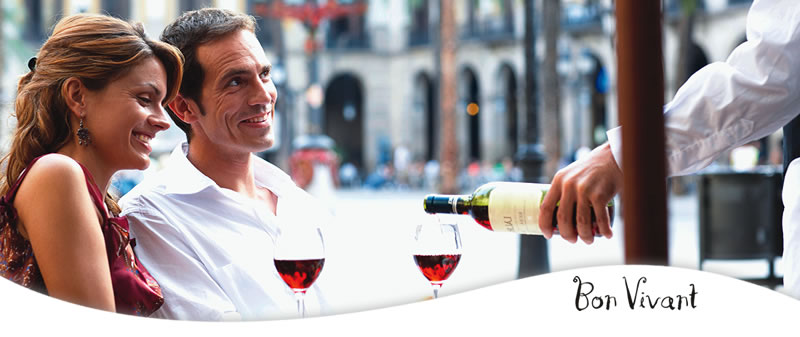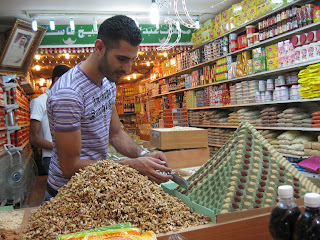 I’m just home from my trip to Israel and trying to hold on to the experience as long as possible. And, for me, there’s no better way to do that than sharing food with friends. It’s Israeli food of course - using recipes from The Book of New Israeli Foods by Janna Gur. I’ve been using this cookbook since it was published in Israel a couple of years ago and love it – the recipes are easy to follow, the photography by Eilon Paz is fantastic and the stories of the food and people capture the diversity of the people and the food of the country.
I’m just home from my trip to Israel and trying to hold on to the experience as long as possible. And, for me, there’s no better way to do that than sharing food with friends. It’s Israeli food of course - using recipes from The Book of New Israeli Foods by Janna Gur. I’ve been using this cookbook since it was published in Israel a couple of years ago and love it – the recipes are easy to follow, the photography by Eilon Paz is fantastic and the stories of the food and people capture the diversity of the people and the food of the country.
Having coffee with author Janna Gur
A travelogue as well as a cookbook, it includes recipes of Jewish immigrants from throughout the Diaspora with traditional foods of their Arab neighbours, sections on the important holiday foods – from Rosh Hashanah to Passover to Ramadan, stories about some of the chefs who, in the last twenty years, have transformed the Israeli food scene and tons more!

The meze!
So - back to sharing the food. I invite a few friends over – first 3 or 4 and suddenly 10! And, in my kitchen with no counter space, I prepare 8 salads and meze - Labneh, Eggplant with tahini, Israeli salad, Tabouleh, Spicy Moroccan carrot salad, Roasted Peppers in Marinade, Matboucha and a Beetroot and pomegranate salad, followed by a Moroccan Style Hot fish, Pargiyot (grilled chicken thighs) and Mejadra (rice and lentils). (I didn’t do it alone - my friend Linda came early to help and later my friend Dan donned an apron).
 My friend Dan helping with the Israeli salad.
My friend Dan helping with the Israeli salad.
I paired the food with a selection of Israeli wines and dessert was a box of baklava I bought in Nazareth and some fresh dates.
The verdict? Everything was a hit! You might, as we did, want to tweak a few of them with a little more lemon or a pinch more cayenne but my friends loved them.

Baklava from Nazareth
You can get many of the recipes on the website http://www.jannagur.com/ -- or get the book itself at The Cookbook Store in Toronto. If it’s not in stock they’ll order it for you. It’ll give you a whole new take of Israeli foods and it’s definitely worth adding to your cookbook collection. Let me know if you try any of the recipes and what you think.

















